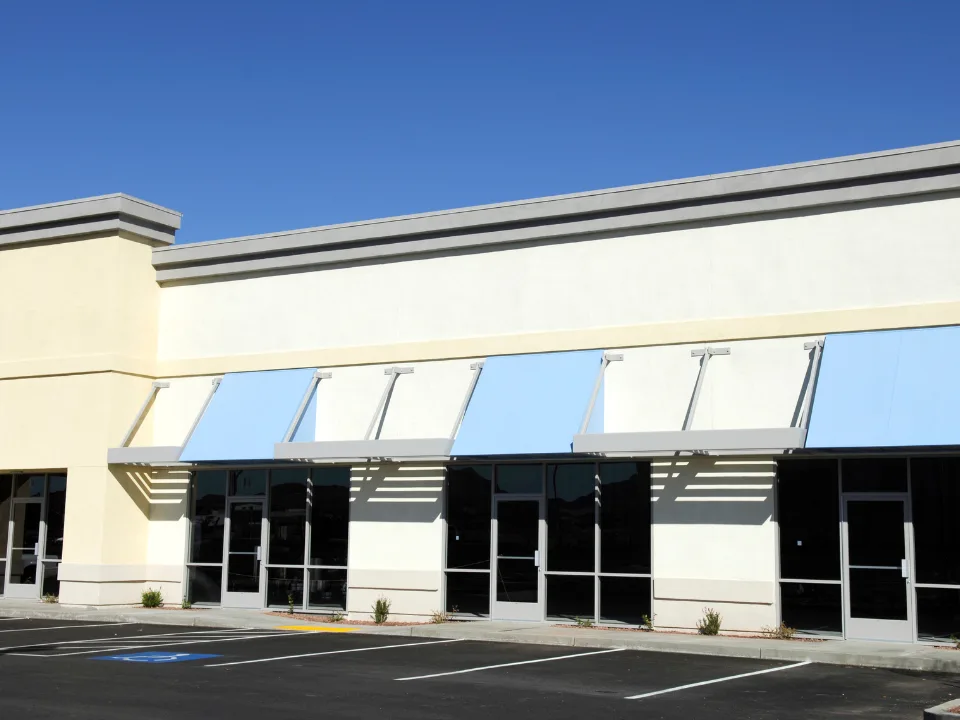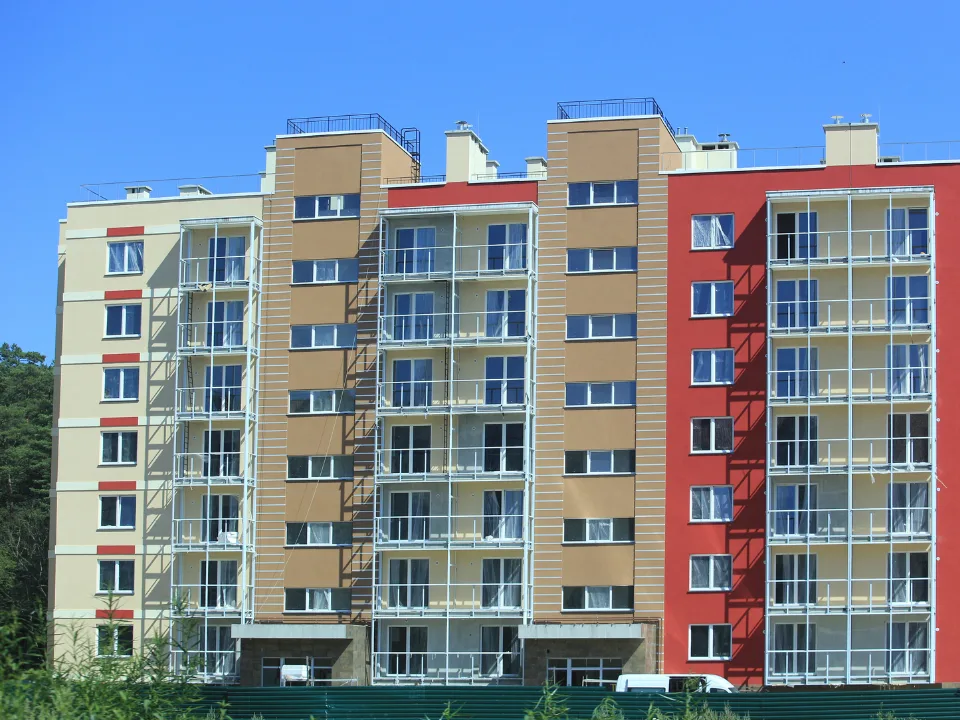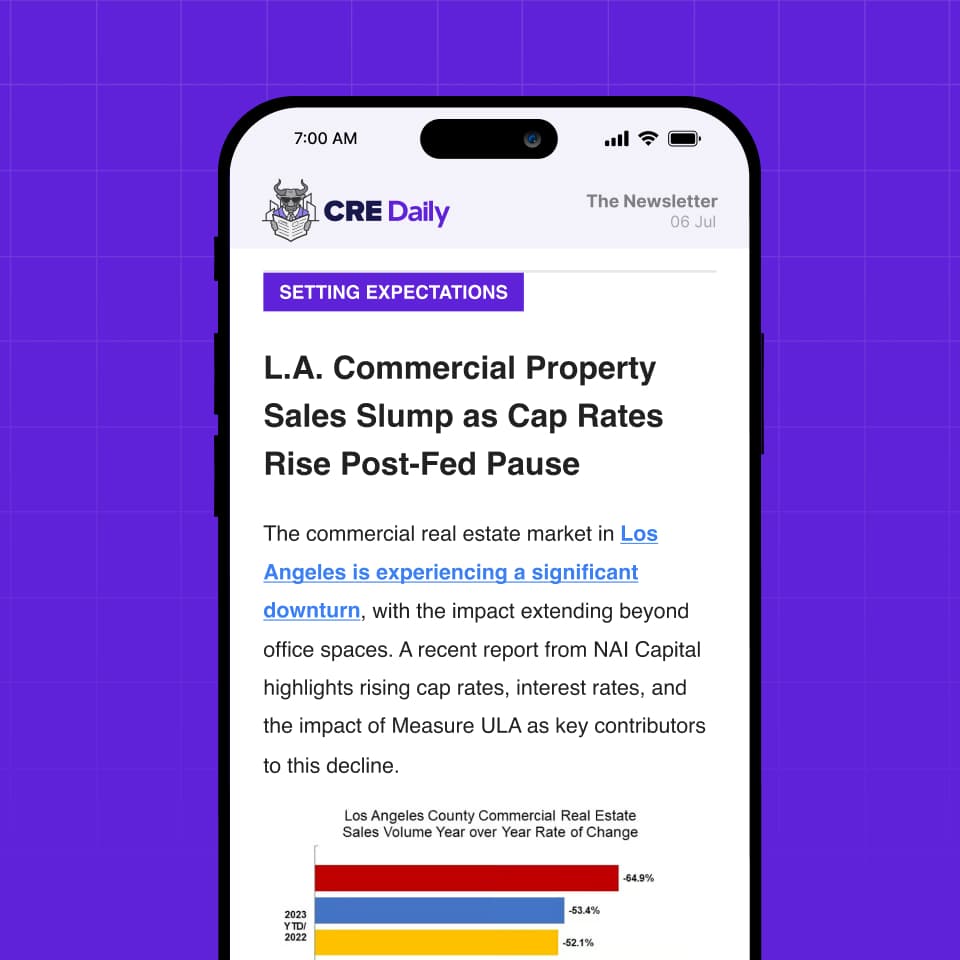- US retail vacancy rates remain low at 4.2%, but the average time to fill vacant spaces hit a six-year high of 124 days in 2024, largely due to small tenants lacking short-term funds.
- Bonside, a New York-based financing startup, is helping small service-sector retailers access non-equity, non-debt capital to launch faster without giving up ownership or taking on debt.
- Retail landlords are grappling with increasing tenant improvement (TI) costs and delayed lease-ups, fueling interest in alternative funding solutions to stabilize returns.
The Slowdown
Retail space is tight in major US markets, but landlords are still seeing prolonged vacancies, per Bisnow.
According to a new report from property management firm Datex, it took landlords an average of 124 days to lease retail spaces in 2024—up 28% year-over-year. Inflation, labor costs, and shifting logistics are all part of the story, but another key factor is smaller retailers’ limited access to fast capital.
Enter Bonside
New York-based Bonside has emerged as a new player addressing that gap. Rather than offering traditional loans or taking equity stakes, the firm provides “unsecured advances” to small, service-focused retailers in exchange for a slice of future revenues. The company targets businesses like fitness studios, spas, and experiential retail—sectors less reliant on imports and more dependent on local labor.
Bonside CEO Neha Govindraj says her firm’s flexible model fills a gap overlooked by traditional lenders who often lump all small businesses into one category.
“Carving out brick-and-mortar services as a subsector has allowed us to identify a portion of the small-business economy we think has a lot of strength,” Govindraj said.
Landlords Under Pressure
Retail landlords are often left holding the bag when new tenants struggle to raise enough capital for buildouts or early operations. According to Jared Rothkopf, a partner at law firm Polsinelli, many landlords are forced to offer generous TI packages to attract new tenants—raising the stakes for lease execution and rent commencement.
“They’ve got lenders. Their mortgage payments are due,” Rothkopf noted.
That’s where spot funding can act as a critical bridge: helping new tenants take possession and launch operations sooner, easing landlord concerns about delayed income streams.
Get Smarter about what matters in CRE
Stay ahead of trends in commercial real estate with CRE Daily – the free newsletter delivering everything you need to start your day in just 5-minutes
Navigating Uncertainty
While optimism exists for the future of experiential retail, risks remain. Consumer pullback, immigration policy changes, and permitting delays all add to the uncertainty retailers and landlords are navigating.
Still, Govindraj sees continued demand from consumers for businesses offering services and experiences—not just goods.
“It’s less about going and purchasing a certain item and more about experiencing something outside of the home,” she said.
Why It Matters
As the retail landscape evolves, data-driven, flexible funding models like Bonside’s could help accelerate lease-ups, mitigate risk for landlords, and support a more agile small-business ecosystem.
What’s Next
Expect to see more landlords, especially in dense urban markets, warming to partnerships with financing intermediaries that help de-risk deals with smaller tenants. For service-focused businesses, tools like spot funding may prove to be essential for gaining a foothold in an increasingly competitive real estate market.














